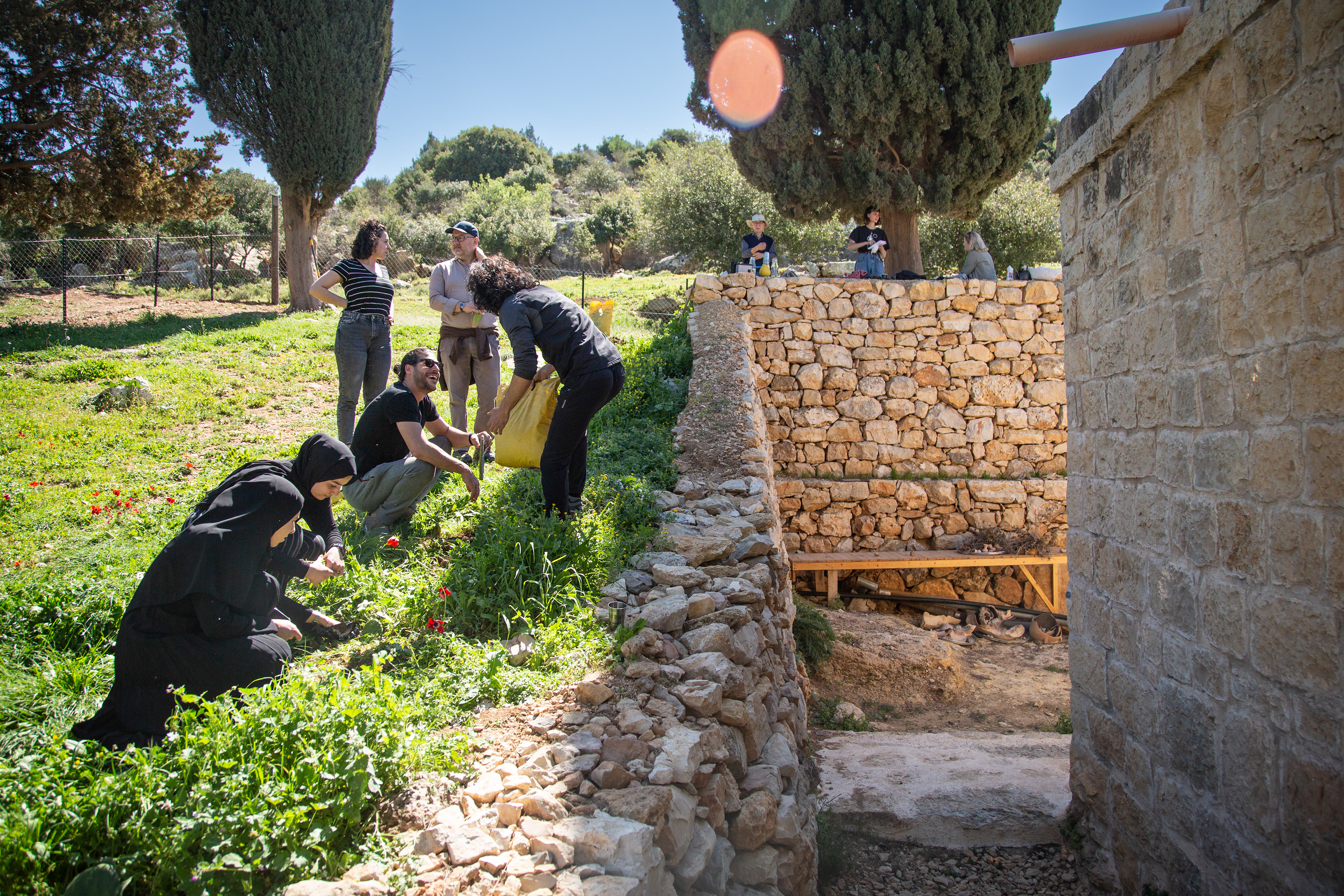Wild Hedges studies the ecological and socio-political complexities of the prickly pear cactus and the cochineal insect across the Mediterranean, and collectively experiments with the material possibilities of the cactus—in building, weaving and cooking—and of the cochineal—in dye-making and printing—in order to cultivate practices of care within these environments.
The prickly pear cactus (a general name for various related species in the opuntia genus) was originally brought to Europe from Mesoamerica in the 1500s by Spanish colonists in order to farm cochineal (Dactylopius coccus), which had been domesticated in Mesoamerica for centuries to produce a brilliant red dye. The vulnerable cochineal did not survive the colder European climate, but the cactus did, becoming a prized crop, hedge-plant and cultural symbol across the Mediterranean, particularly in Palestine. Since the Nakba, much of the cactus in 1948 lands—which was historically planted by Palestinians to form hedges around their agricultural lands and demarcate property boundaries—traces the layouts of Palestinian villages destroyed by the Zionists. For Palestinians, the cactus— which they call "sabr," an Arabic term that literally means patience—signifies their resilience and rootedness in the land in spite of continuous attempts of erasure at the hands of the Israeli settler colonial project.




Our artistic practice is both research-based and community-oriented, composed of archival research, on-the-ground fieldwork, material experimentation, and public workshops to cultivate new collective practices while exhibitions and publications are used to communicate our findings. Attempting to straddle the fence between ecology and art, academic research and community pedagogies, scientific knowledge and folk knowledge, we see these practices collectively contributing to a greater practice of care.
